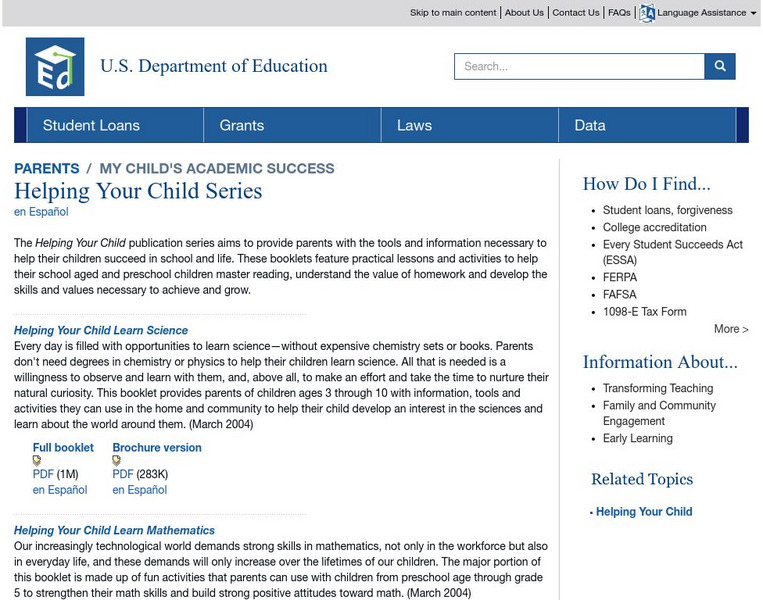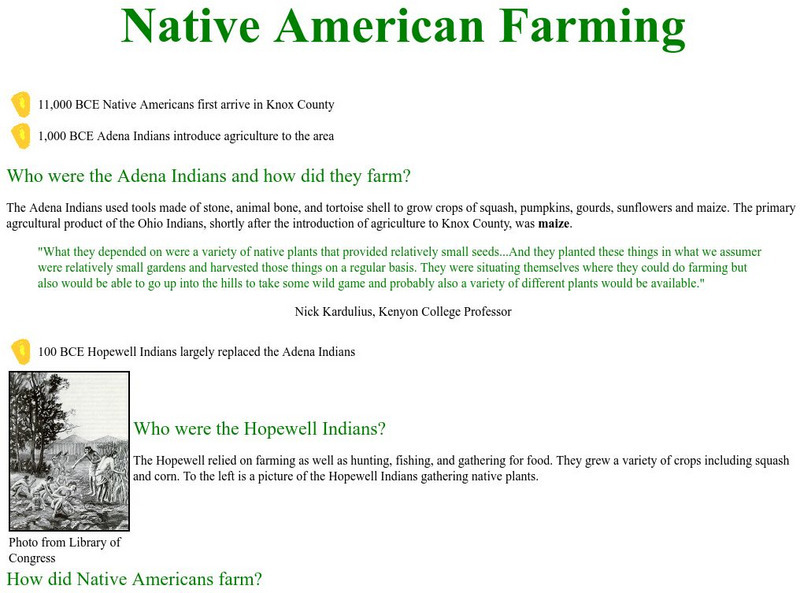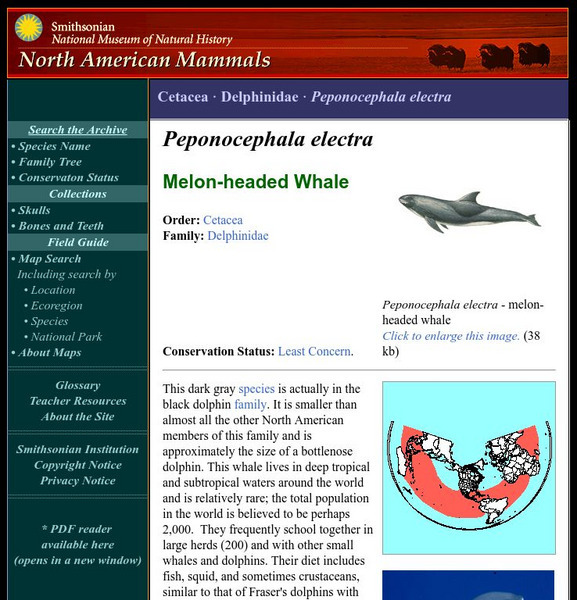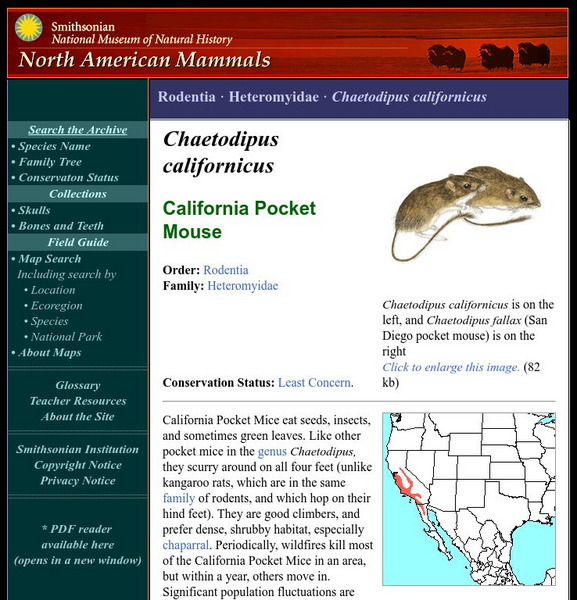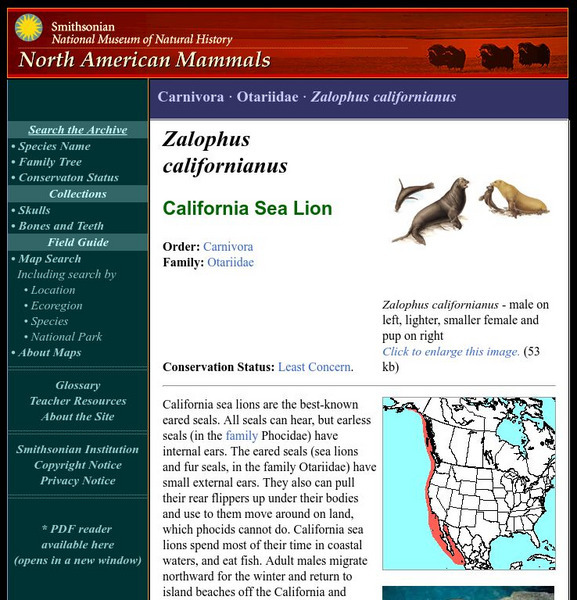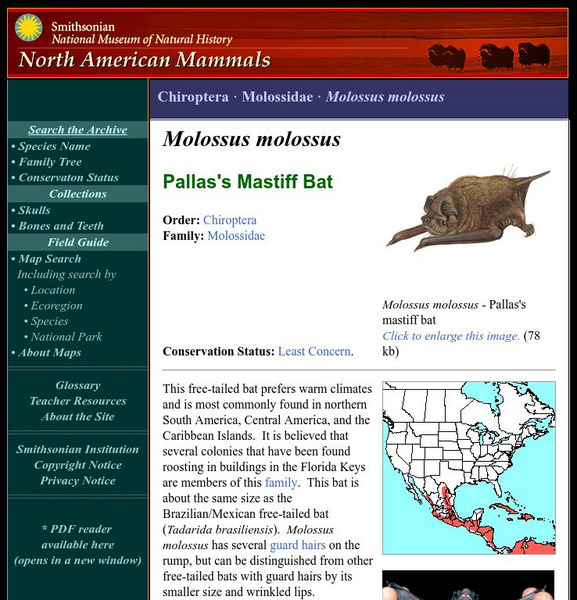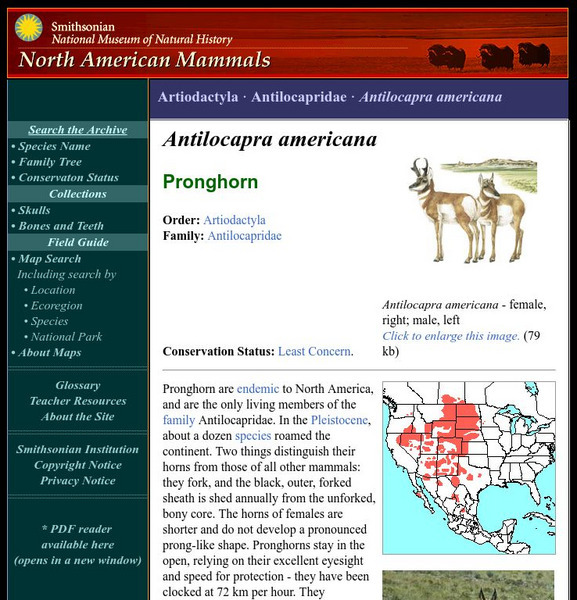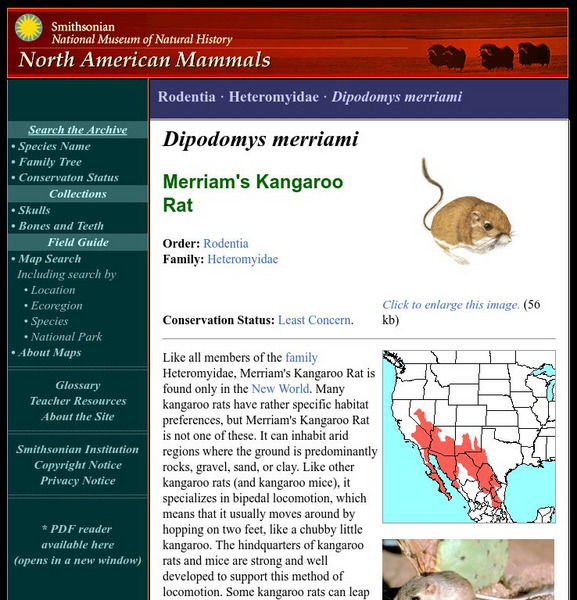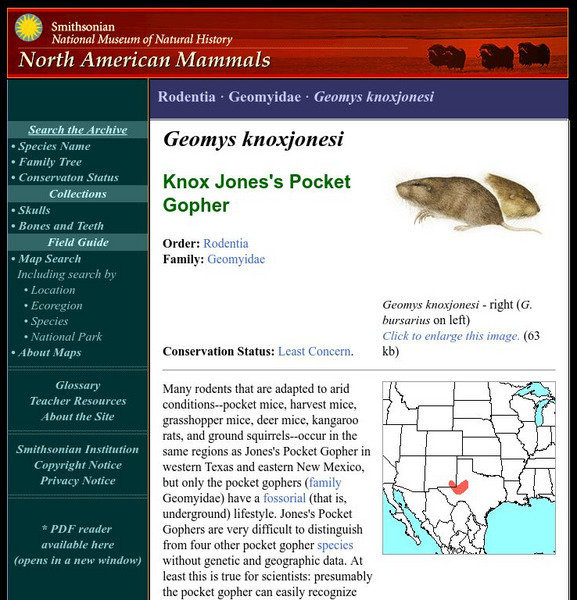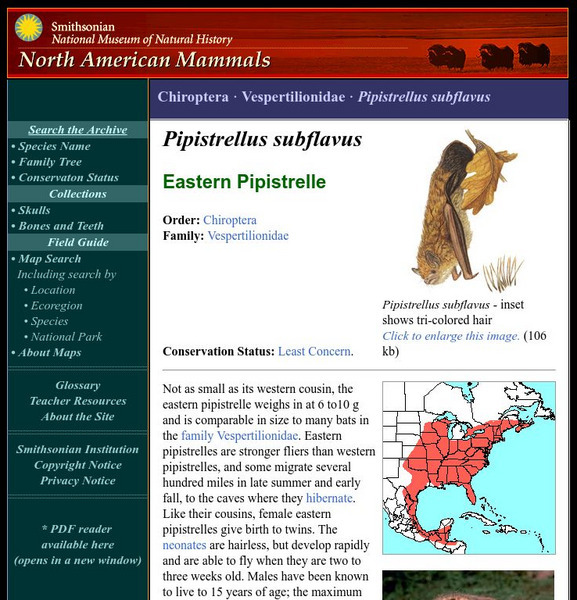Stephen Byrne
History for Kids: Egyptian Families
Reference for elementary students on the structure of marriage and family in ancient Egypt. With links to activities, quizzes and worksheets.
Ducksters
Ducksters: Music for Kids: History of the Violin
Kids learn about the history of the violin. Learn about a family of musical string instruments called the violin on this site. Explore its history and its beginning in the Renaissance period.
Other
Storytelling to Assess Speaking and Listening
An effective use of rubrics that encourages the student storyteller how to determine if his/her audience is listening. Learn about the different listening skill rubrics, storytelling rubrics and a self-assessment guide that asks the...
Virtual Museum of Canada
Virtual Museum of Canada: Community Stories: A Guiding Light
The Cape Bonavista Lighthouse in Newfoundland operated from 1843 to 1962. Maintaining a lighthouse was truly a family endeavour as all family members played a role in its functioning. The story of this lighthouse, now a provincial...
Other
Pat Cramer: Totem Poles: An Exploration
Come listen to the music, then learn all about totem poles. Information about totem poles includes where to find them, their age, history as well as beautiful photos.
US Department of Education
Ed.gove: Helping Your Child Series
Department of Education site for parents, including those home-schooling their children. It has bilingual materials with tips for helping your child learn English, history, mathematics, etc.; and more resources related to cultural...
Other
Embassy of Venezuela in Us: Simon Bolivar
The Embassy of Venezuela in the United States presents a detailed biographical essay on Simon Bolivar, from his early days and family life to his military days and role as a liberator.
Kenyon College
Kenyon College: Family Farm Project: Native American Farming
Kenyon College provides information about the Adena and Hopewell Indians and how Native Americans farmed, followed by comprehension questions.
Smithsonian Institution
National Museum of Natural History: American Mammals: Melon Headed Whale
This dark gray species is actually in the black dolphin family. It is smaller than almost all the other North American members of this family and is approximately the size of a bottlenose dolphin. Learn more about the Peponocephala...
Smithsonian Institution
National Museum of Natural History: American Mammals: California Pocket Mouse
California Pocket Mice eat seeds, insects, and sometimes green leaves. Like other pocket mice in the genus Chaetodipus, they scurry around on all four feet (unlike kangaroo rats, which are in the same family of rodents, and which hop on...
Smithsonian Institution
National Museum of Natural History: American Mammals: Baird's Beaked Whale
Baird's beaked whale is the longest species of the Ziphiidae, which is a family of medium-sized whales. The name "beaked whale" comes from the way the long snout, or rostrum, tapers to a tip. Learn more about the Berardius bairdii, more...
Smithsonian Institution
National Museum of Natural History: American Mammals: California Sea Lion
California sea lions are the best-known eared seals. All seals can hear, but earless seals (in the family Phocidae) have internal ears. Learn more about the Zalophus californianus, more commonly known as a California Sea Lion, in this...
Smithsonian Institution
National Museum of Natural History: American Mammals: Northern Bottlenosed Whale
The northern bottlenose whale is the only species of the genus Hyperoodon that lives in the North Atlantic, but there is an unidentified species of whale living in the North Pacific that may turn out to belong to this genus. The northern...
Smithsonian Institution
National Museum of Natural History: American Mammals: Snowshoe Hare
The Snowshoe Hare is broadly distributed in the north from coast to coast and occurs in a variety of habitat types, including swamps, hardwood forests, and mixed and evergreen forests. Nocturnal like most members of the family, this hare...
Smithsonian Institution
National Museum of Natural History: American Mammals: White Nosed Coati
White-nosed Coatis are the most diurnal members of the family Procyonidae. They often sleep curled up in trees, and come down at dawn to forage, rooting with their long, mobile snouts and digging with long, curved claws for insects,...
Smithsonian Institution
National Museum of Natural History: American Mammals: Pallas's Mastiff Bat
This free-tailed bat prefers warm climates and is most commonly found in northern South America, Central America, and the Caribbean Islands. It is believed that several colonies that have been found roosting in buildings in the Florida...
Smithsonian Institution
National Museum of Natural History: American Mammals: Pronghorn
Pronghorn are endemic to North America and are the only living members of the family Antilocapridae. In the Pleistocene, about a dozen species roamed the continent. Learn more about the Antilocapra americana, more commonly known as a...
Smithsonian Institution
National Museum of Natural History: American Mammals: Merriam's Kangaroo Rat
Like all members of the family Heteromyidae, Merriam's Kangaroo Rat is found only in the New World. Many kangaroo rats have rather specific habitat preferences, but Merriam's Kangaroo Rat is not one of these. Learn more about the...
Smithsonian Institution
National Museum of Natural History: American Mammals: Sea Otter
The Sea Otter is the largest member of family Mustelidae, and the smallest marine mammal. Sea Otters are more aquatic even than seals and sea lions, because they mate and give birth in the water. Learn more about the Enhydra lutris, more...
Smithsonian Institution
National Museum of Natural History: American Mammals: Jones's Pocket Gopher
Many rodents that are adapted to arid conditions--pocket mice, harvest mice, grasshopper mice, deer mice, kangaroo rats, and ground squirrels--occur in the same regions as Jones's Pocket Gopher in western Texas and eastern New Mexico,...
Smithsonian Institution
National Museum of Natural History: American Mammals: Eastern Pipistrelle
Not as small as its western cousin, the eastern pipistrelle weighs in at 6 to10 g and is comparable in size to many bats in the family Vespertilionidae. Eastern pipistrelles are stronger fliers than western pipistrelles, and some migrate...
Project Britain
Project Britain: Learn About London: London for Children
Provides a brief overview of London, the capital of England, with numerous links to all sorts of information on life in this British city.
Ed Koday
Web Archive: Scarab Beetles
Dung, rhinoceros, Hercules, sacred scarab: These are the names of some of the most well known beetles in the scarab beetle family. This large family of more than 30,000 species has some of the most awesome beetles in the insect...
BBC
Bbc: Bitesize: What Was It Like in Roman Britain?
Learning module designed for primary students learning about Roman family life. Students can navigate through a variety of activities, photos, and videos, timelines to learn about the life of Roman children and their families.
Other popular searches
- Family History Project
- My Family History
- Family History Activities
- Family History and Holidays
- Family History Tree
- Family History Time Line
- Family History Lesson Plans
- Family History Work
- Knows Family History
- Genealogy Family History
- Family History Lesson
- Ancient China Family





